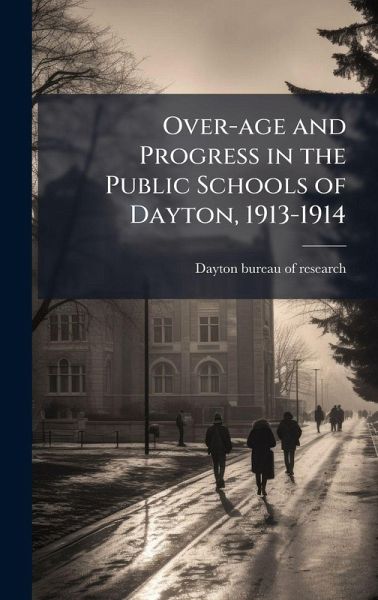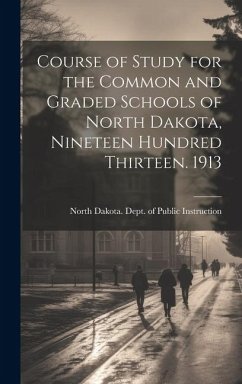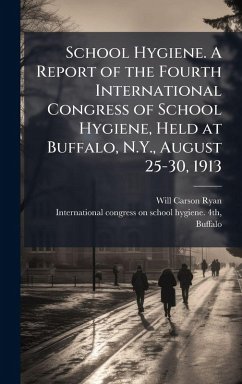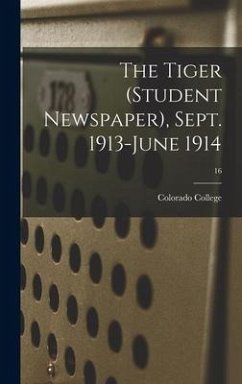
Over-age and Progress in the Public Schools of Dayton, 1913-1914
Versandkostenfrei!
Versandfertig in über 4 Wochen
25,99 €
inkl. MwSt.

PAYBACK Punkte
13 °P sammeln!
"Over-age and Progress in the Public Schools of Dayton, 1913-1914" offers a detailed snapshot of the educational landscape in Dayton, Ohio, during the early 20th century. Authored by the Dayton Bureau of Research, this study delves into the complexities of student progress and the phenomenon of students being over-age for their grade level. It provides valuable insights into the challenges and opportunities faced by public schools during a period of significant social and educational change. This work is a crucial resource for historians of education, researchers, and anyone interested in unde...
"Over-age and Progress in the Public Schools of Dayton, 1913-1914" offers a detailed snapshot of the educational landscape in Dayton, Ohio, during the early 20th century. Authored by the Dayton Bureau of Research, this study delves into the complexities of student progress and the phenomenon of students being over-age for their grade level. It provides valuable insights into the challenges and opportunities faced by public schools during a period of significant social and educational change. This work is a crucial resource for historians of education, researchers, and anyone interested in understanding the evolution of educational practices and policies in American public schools. The book's empirical approach and focus on specific local conditions make it a compelling case study for broader trends in education reform and student achievement. This work has been selected by scholars as being culturally important, and is part of the knowledge base of civilization as we know it. This work was reproduced from the original artifact, and remains as true to the original work as possible. Therefore, you will see the original copyright references, library stamps (as most of these works have been housed in our most important libraries around the world), and other notations in the work. This work is in the public domain in the United States of America, and possibly other nations. Within the United States, you may freely copy and distribute this work, as no entity (individual or corporate) has a copyright on the body of the work. As a reproduction of a historical artifact, this work may contain missing or blurred pages, poor pictures, errant marks, etc. Scholars believe, and we concur, that this work is important enough to be preserved, reproduced, and made generally available to the public. We appreciate your support of the preservation process, and thank you for being an important part of keeping this knowledge alive and relevant.



![The Trinity Archive [serial]; 27(1913-1914) Cover The Trinity Archive [serial]; 27(1913-1914)](https://bilder.buecher.de/produkte/65/65534/65534343n.jpg)








